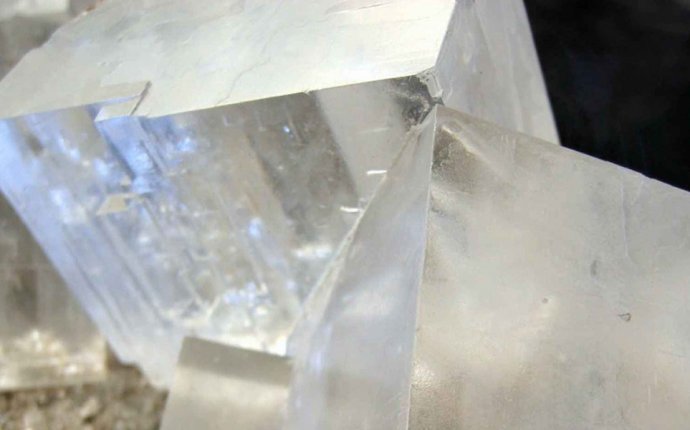
Uses of Rock salt in Ayurveda
Salt is indispensable to one's health, but an excess of salt or eating the wrong kind of salt also gives rise to health problems.
There are many types of salts. Some are mined from the salt deposits left by the dried up lakes and some are procured from the sea water. Some common types of salts are:
- Table salt. This is the regular refined salt that has added chemicals that we consume daily in our food.
- Kosher salt. This is a large-grained, irregularly shaped crystal salt mainly used for removing as much blood from meat as possible in order to comply with Jewish dietary laws.
- Sea salt. Sea salt is produced from sea water.
- Pickling salt. Pickling is a very fine salt, with no additives, that's used in brines used to pickle foods.
- Celtic salt. Celtic salt is made by the process of the solar evaporation of water from the Celtic sea.
- Seasoned salt. This refers to a variety of salts wherein herbs are added. For example, garlic salt, onion salt, and so forth.
- Sendha namak (Rock salt). A large crystalline salt that's usually used for making ice cream in ice cream machines. Food grade rock salt is also available to use in regular cooking.
- Kala namak (Black salt). This is a dark, reddish-black colored crystalline salt that turns a pinkish grey color when ground up. It has a distinct sulfurous odor and taste.
According to Ayurveda, Sendha namak or rock salt is the best kind of salt for eating. The next best is Kala namak or black salt.
This article will focus on the last two types of salts — rock salt and black salt.
Sendha Namak (Rock Salt)
Sendha namak is the Indian name for rock salt. It is a large-grained, coarse salt also called halite or land salt that's normally available in large bags in most grocery and health food stores. It dissolves readily in water.














